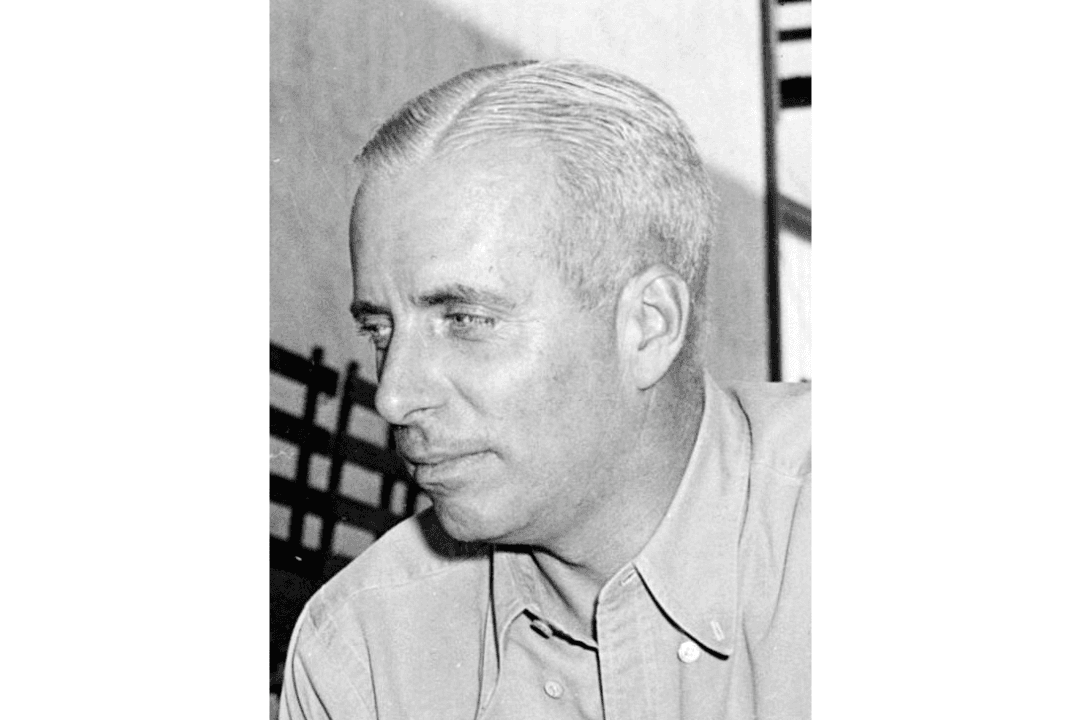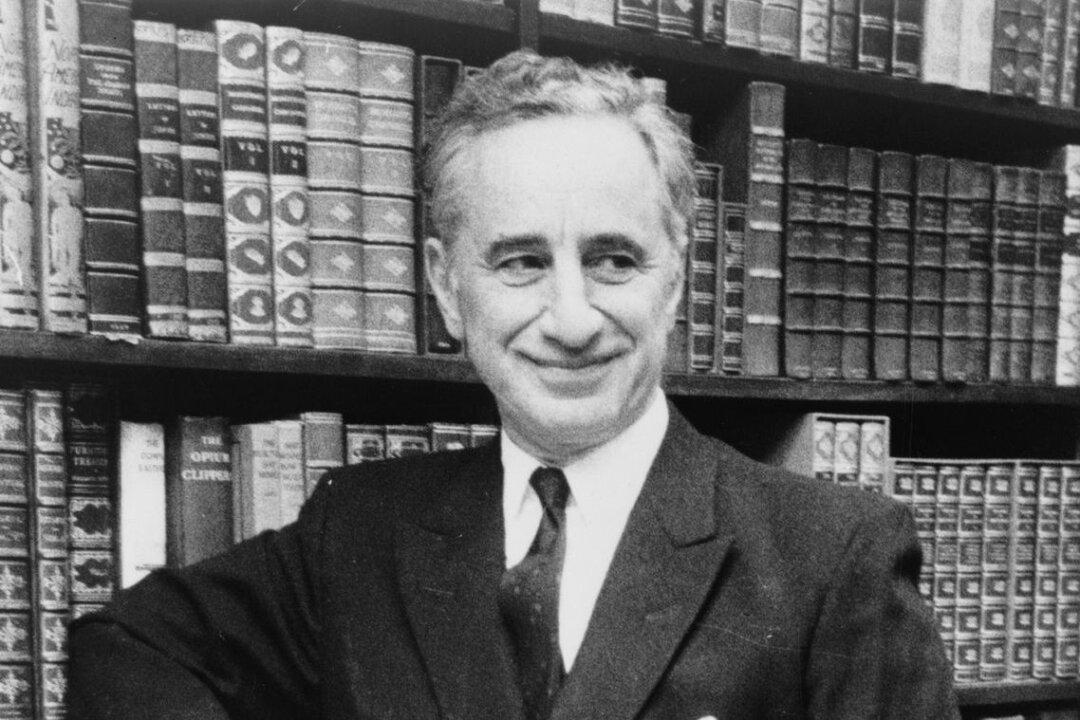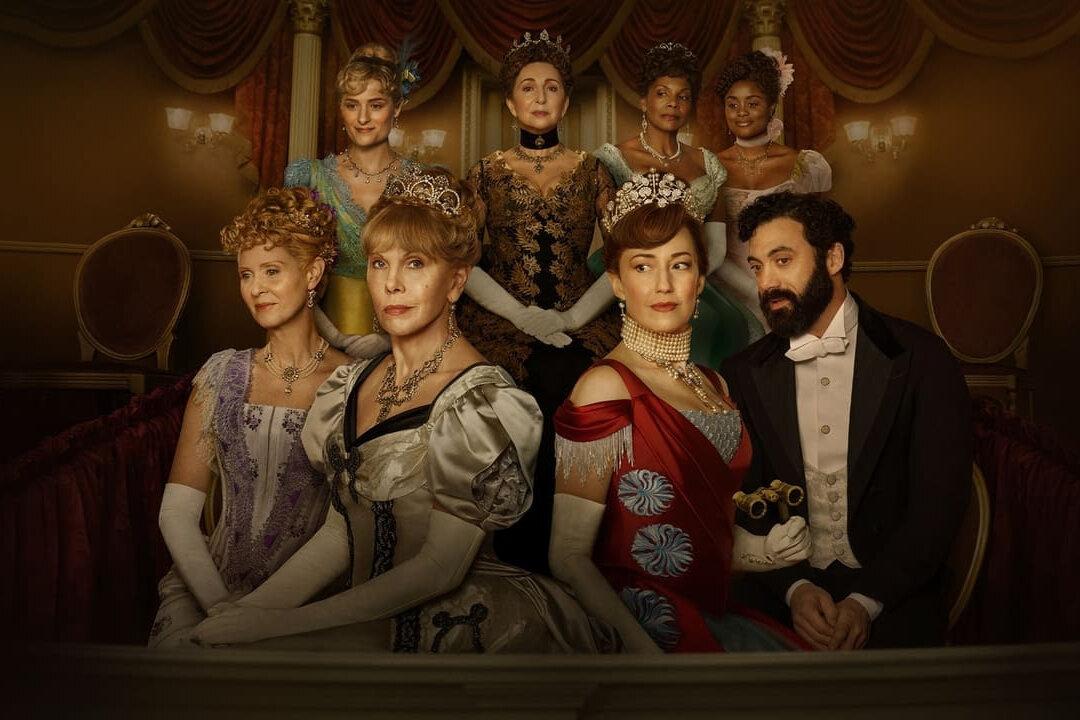On Sept. 16, 1890, the inventor Louis LePrince boarded a train for Paris. He had spent the weekend in Dijon with his brother Albert, arguing over the terms of their mother’s will. Louis claimed Albert owed him at least £1,000. Albert refused to pay.
Louis was happy to leave this squabble behind. He planned to travel to London, then to New York to rejoin his family and astound the world with the brainchild he’d struggled for years to perfect: motion pictures! But when the train arrived in Paris, Louis didn’t get off. He never made it to London or to New York. In fact, he was never seen again.
Photography First
Photography’s beginning can be dated to 1839, when Louis Daguerre introduced “daguerreotypes,” the first practical system. Eadweard Muybridge (1830–1904) photographed animals in motion, but only with series of still photographs, one of which famously settled the age-old question of whether galloping horses ever have all four feet off the ground. (They do.)Louis LePrince (1841–1890?) was born in France, worked in England, and became an American citizen in 1889. As a child he often visited the workshop of his father’s friend, Daguerre. By the 1880s he had become obsessed with creating moving pictures. Granted an 1888 patent for his method of making “animated pictures,” he experimented in New York and at his father-in-law’s foundry in Leeds, England. His beloved wife Lizzie and their five children stayed in New York, where Lizzie taught at the Institution for the Deaf. She visited him in Leeds when she could, but she loved her work and the family needed her income.

Building a series of cameras, none satisfactory, Louis became anxious when he learned that Jules Marey in France and others were pursuing the same goal. In late 1886, Lizzie sent her teenage daughter Mariella to fetch her father from his workshop for tea. Years later Mariella recalled: “When I pushed the door open I saw some figures who appeared to be moving about on a whitewashed wall. I did not know what they were.” Then her father shut the door.
Some Success
In October 1888, LePrince used his latest prototype to film his family in Roundhay Garden, walking self-consciously in a circle. (Even then it was hard to get your relatives to act natural on camera.) The scene lasts a mere two seconds, but it’s history’s first real movie, created years before Edison, Méliès, and the Lumiere brothers exhibited theirs. You can see it on YouTube.LePrince’s camera worked but projection remained a problem. He tried glass plates, emulsion-coated paper strips, even mica, but none of them really did the trick. He had planned to unveil his apparatus at the Exposition Universelle in Paris, which featured the brand-new Eiffel Tower, but he canceled, unwilling to show an imperfect system. At the same time, believing his workshop was being watched, he became more secretive and installed extra bolts to prevent break-ins.
Finally, after years of frustration, the summer of 1889 brought hope: Flexible celluloid sheets became available. Cut into strips and perforated, they made steady projection possible. Louis wrote the exciting news to Lizzie: he was ready to rejoin his family, show his invention to the world, and reap the fame and fortune it was sure to provide.
Things Don’t Add Up
Something else made Lizzie uneasy. Two weeks earlier a stranger had knocked on her door, introduced himself as “Mr. Rose” and asked for Louis. She explained he was en route from Europe. The stranger scowled and left.Lizzie and Mariella pored over the passenger lists of arriving ships, finally finding the name “L. LePrince” on one of them. He turned out to be a farmer of the same name.
When the mysterious Mr. Rose returned in a clumsy disguise, insisting his name wasn’t Rose and demanding to know where Louis was and what he was doing, Lizzie went to the police. They unhelpfully suggested her husband had left her for another woman, died accidentally, or committed suicide.

A Struggle for Recognition
Lizzie was outraged. Edison, she learned, was acquainted with William Guthrie, a family friend who had seen LePrince demonstrate his machines. She went straight to an attorney to press Louis’s claim in court, but the lawyer shook his head. Under U.S. law, if her husband were deceased, she could claim his intellectual property and patents; but if he were only missing, she would have to wait seven more years.Lizzie and her children spent the rest of their lives fighting to get Louis the recognition he deserved. In 1901 she, Mariella and others testified in court, but it was all hearsay and Edison was judged the inventor of motion pictures. Guthrie, in a convenient lapse of memory, admitted that Louis had shown him a “curious invention” in 1886—but he couldn’t remember what it was.
LePrince was never found, dead or alive. For over a century researchers and amateur sleuths have tried to solve the mystery. A drowned man, recovered in 1890, might have been him, but investigation proved he wasn’t.
Conspiracy theories abound. In his just-released book, “The Man Who Invented Motion Pictures,” Paul Fischer offers a new one. Albert, the last to see Louis alive, was in bad financial trouble and owed his brother a lot of money. Fischer writes he “failed to adequately report Louis missing, actively lied about the efforts made to find him, and then convinced [Lizzie] not to come looking for him.”
Did Albert do away with his brother? We may never know, but in recent years, with some semblance of justice, books and documentaries have begun acknowledging LePrince as the real father of the movies. I hope Lizzie, wherever she may be, is smiling.






